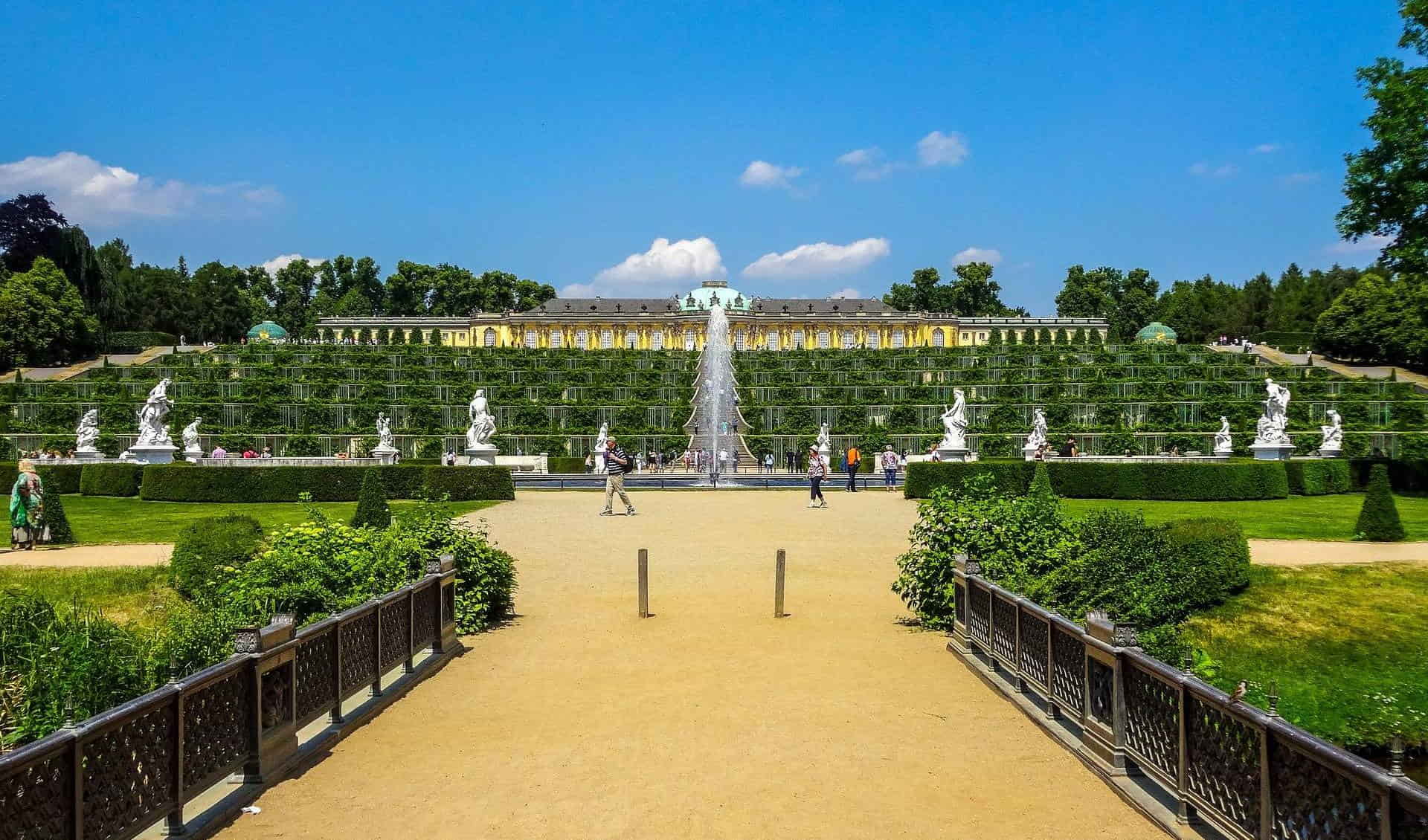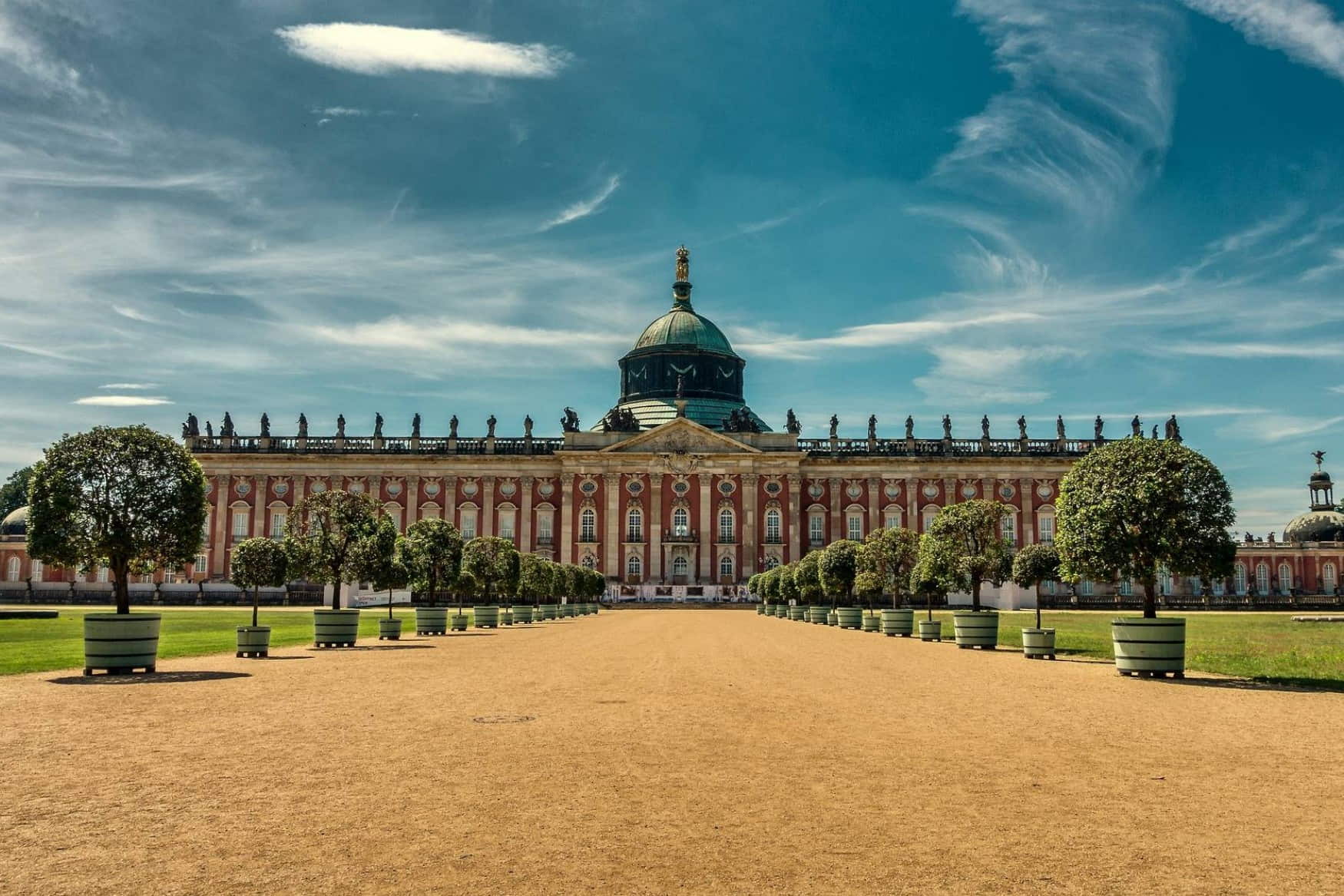Sanssouci Palace, a masterpiece of Rococo architecture, stands as a testament to the vision of Frederick the Great in Potsdam, Germany. This UNESCO World Heritage Site, completed in 1747, embodies the essence of 18th-century royal retreats. The palace's name, "Sans Souci" - French for "without worry" - perfectly captures its intended purpose as a summer residence where the Prussian king could escape the rigors of court life.
Located atop a terraced vineyard, Sanssouci Palace offers visitors a glimpse into European royalty's opulent lifestyle while showcasing the Enlightenment era's artistic and cultural achievements. Its intimate scale, exquisite gardens, and rich history make it a must-visit destination for those seeking to explore Germany's regal past.
Highlights
- Rococo architecture and interior design
- Terraced vineyard and expansive gardens
- Frederick the Great's personal art collection
Contents
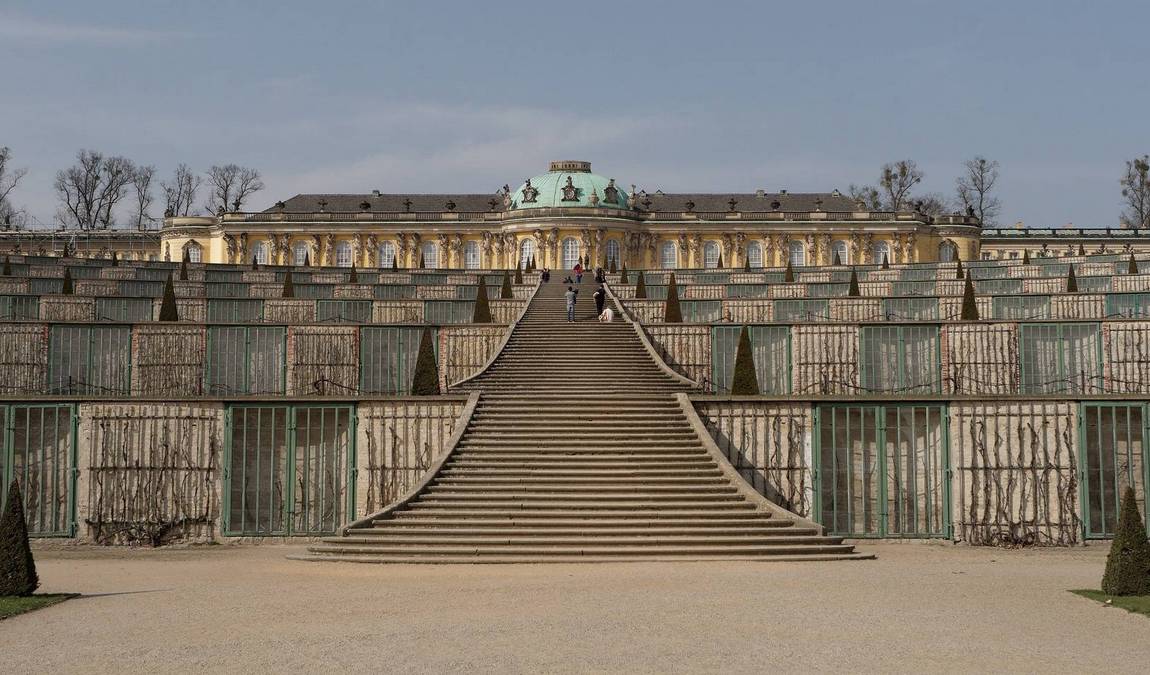 Photo: pixabay.com
Photo: pixabay.com
Here is Why Your Kids Will Find it Interesting
Sanssouci Palace is worth visiting with kids aged 8 and up, as it offers a fascinating glimpse into royal life that sparks young imaginations. Children will be captivated by the palace's whimsical Rococo decorations, featuring playful cherubs and mythical creatures. The sprawling gardens provide ample space for exploration, with hidden grottos and fountains that seem straight out of a fairy tale.
Young history enthusiasts will enjoy learning about Frederick the Great's life and imagining themselves as princes or princesses in this grand setting. Interactive exhibits and family-oriented tours make the palace's rich history accessible and engaging for younger visitors.
Family-friendly features
- Interactive guided tours tailored for children
- Spacious gardens with hidden grottos and fountains
- Seasonal events and workshops for families
History of Sanssouci Palace
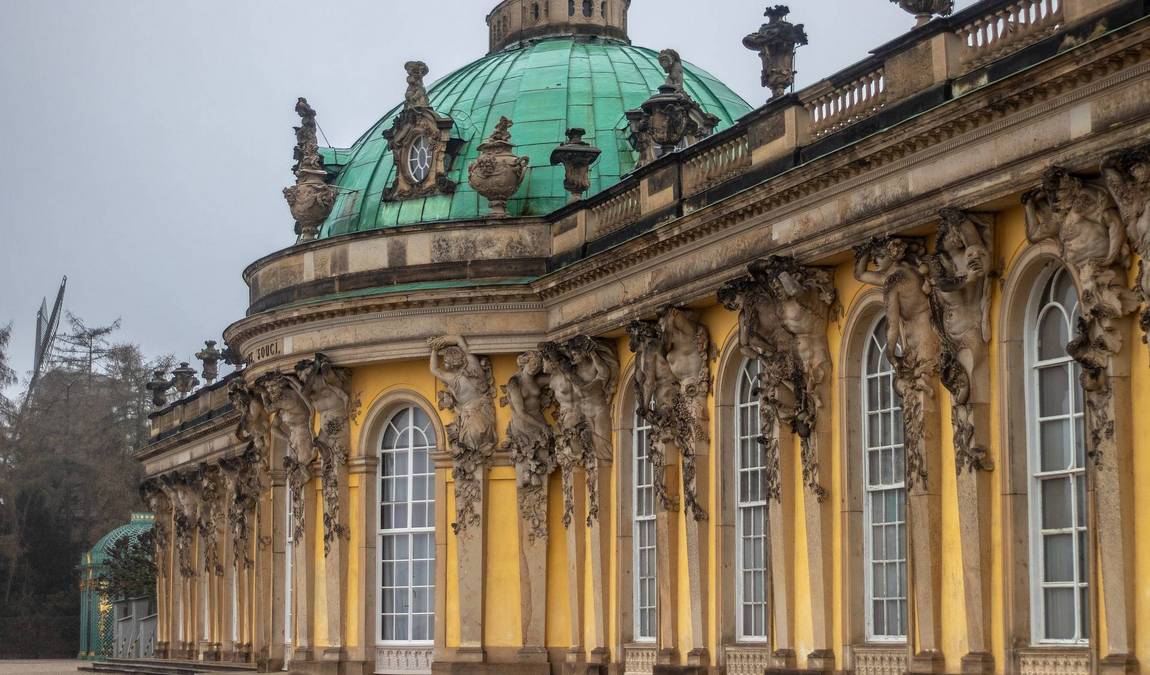 Photo: pixabay.com
Photo: pixabay.com
Frederick the Great, known for his military prowess and patronage of the arts, envisioned Sanssouci as a private retreat where he could indulge his passions for philosophy, music, and the company of his closest friends. Construction began in 1745 and was completed remarkably quickly, with the palace ready for occupancy by 1747. The name "Sanssouci," meaning "without worry" in French, reflected Frederick's desire for a carefree summer residence away from the formalities of Berlin court life.
Frederick's involvement in the design was extensive. He sketched initial ideas for the palace and worked closely with his architect, Georg Wenzeslaus von Knobelsdorff, to realize his vision. The king's preference for a more intimate and comfortable setting led to disagreements with Knobelsdorff, who favored a grander approach. Ultimately, Frederick's ideas prevailed, resulting in the charming single-story structure we see today.
The palace was built atop a hill that Frederick had previously terraced for growing wine, combining his love of nature with his desire for an elegant retreat. With its sweeping views of the surrounding landscape, this unique setting became an integral part of the palace's design and appeal.
Architecture and Design
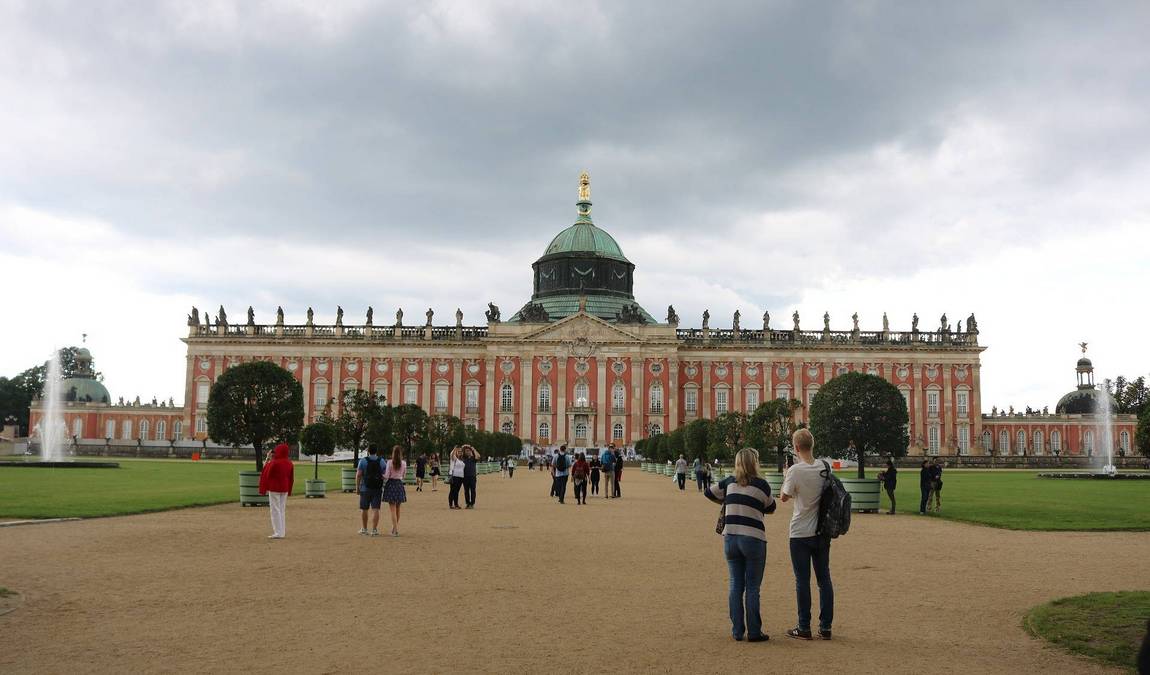 Photo: pixabay.com
Photo: pixabay.com
Sanssouci Palace is renowned for its distinctive Rococo style, often called "Frederician Rococo" due to the king's significant influence on its design. This architectural approach emphasizes elegance, intimacy, and a connection to nature, setting it apart from the more imposing Baroque palaces of the era.
The palace's single-story layout, reminiscent of a Roman villa, stretches along the crest of the hill, allowing for easy access to the gardens. This design choice reflects Frederick's preference for practicality and his desire to live near nature. The exterior features a central dome adorned with sculptures and ornate decorations, creating a harmonious blend of architecture and landscape.
When Sanssouci is compared to other European royal residences, its modest scale and intimate atmosphere contrast the grandeur of palaces like Versailles. This difference underscores Frederick's tastes and vision for a more private retreat.
Notable rooms within the palace include:
- The Marble Hall (Marmorsaal) is the most impressive central room, featuring intricate marble work and stunning ceiling frescoes.
- The Concert Room (Konzertsaal): A testament to Frederick's love of music, with excellent acoustics and space for chamber performances.
- The Library (Bibliothek): Housing Frederick's extensive collection of books, reflecting his intellectual pursuits and love of learning.
Each room showcases exquisite craftsmanship, with ornate stucco work, gilded decorations, and valuable artworks that exemplify the height of 18th-century design.
Sanssouci Park and Gardens
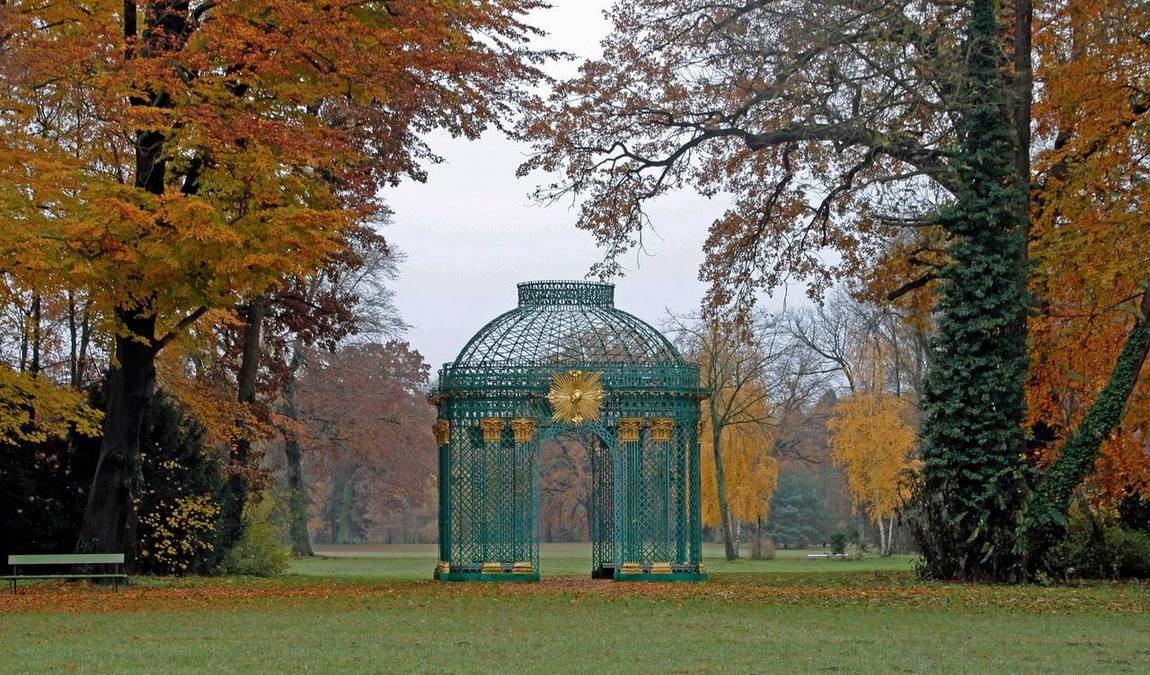 Photo: pixabay.com
Photo: pixabay.com
Sanssouci Park, spanning an impressive 700 acres, is a horticultural masterpiece that complements the palace beautifully. The park's design evolved with contributions from various landscape architects, including the renowned Peter Joseph Lenné in the 19th century.
At the park's heart lies the terraced vineyard (Weinberg), a defining feature of Sanssouci. Six terraces, each supported by glass-windowed arcades, create a dramatic approach to the palace. These terraces served an aesthetic and functional purpose, allowing figs, vines, and other fruits to be cultivated.
Notable features of the park include:
- Hauptallee (central avenue): A grand tree-lined promenade that serves as the park's central axis.
- Great Fountain (Große Fontäne): An impressive water feature surrounded by marble statues representing the four elements.
- Statuary and smaller fountains: Scattered throughout the park, these elements add visual interest and reflect classical themes.
The park also boasts numerous follies, such as the Chinese Tea House and the Roman Baths, which add to its charm and provide delightful discoveries for visitors exploring its vast grounds.
Other Significant Buildings in Sanssouci Park
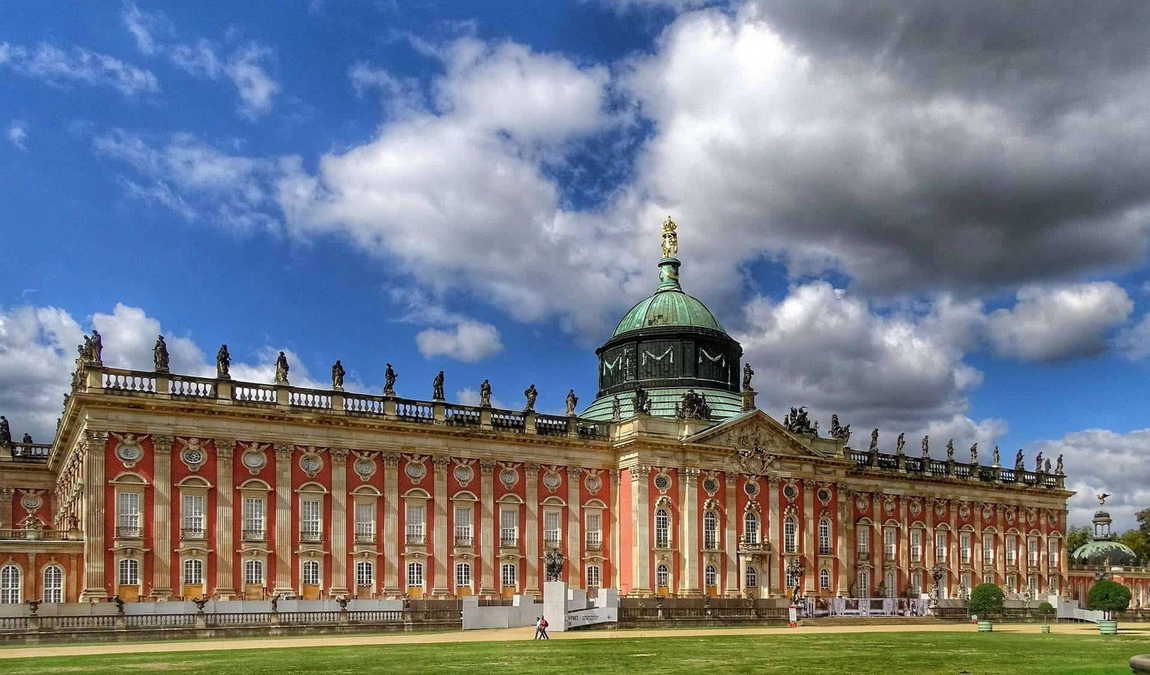 Photo: pixabay.com
Photo: pixabay.com
Sanssouci Park is home to several other remarkable structures that complement the main palace. The New Palace (Neues Palais), built between 1763 and 1769, contrasts Sanssouci's intimacy with its grand Baroque style. It served as a guest house for visiting dignitaries and showcased Prussia's power and wealth.
The Picture Gallery (Bildergalerie), one of the oldest museum buildings in Germany, houses Frederick's impressive collection of paintings, including works by Rubens, Van Dyck, and Caravaggio. The Orangery Palace, built in the 19th century, combines Italian Renaissance and French Baroque styles and was used to shelter sensitive plants during winter.
Charlottenhof Palace, a smaller Neoclassical villa designed by Karl Friedrich Schinkel, offers a more intimate glimpse into 19th-century royal life. The New Chambers (Neue Kammern), originally built as an orangery, later served as a guest house and features lavishly decorated interiors.
Art Collection and Cultural Significance
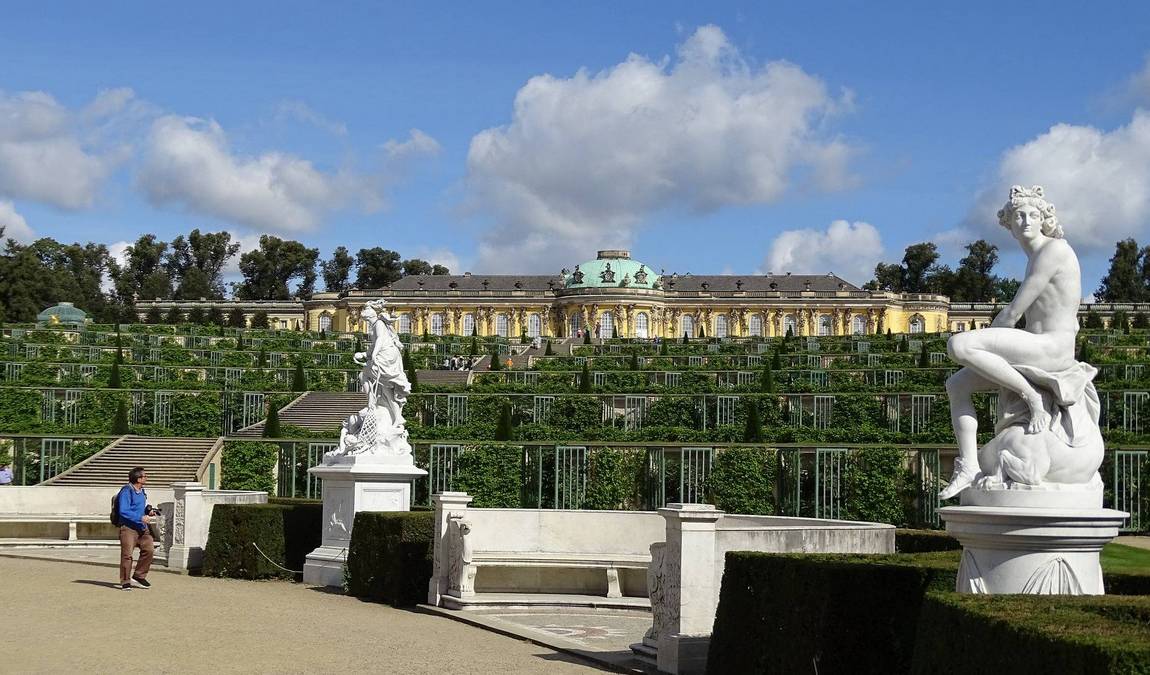 Photo: pixabay.com
Photo: pixabay.com
Frederick the Great's passion for art is evident in the impressive collection housed at Sanssouci. The king was an avid collector and patron of the arts, amassing many paintings, sculptures, and decorative objects throughout his reign. The Picture Gallery, built specifically to showcase his collection, contains works by renowned artists such as Rubens, Caravaggio, and Van Dyck.
Frederick's taste leaned towards the French Rococo style, with paintings by Antoine Watteau and Jean-Baptiste Pater prominently featured. The palace is adorned with valuable artworks, including ceiling frescoes and intricate wall decorations. Beyond visual arts, Sanssouci was a center of Enlightenment thought. Frederick hosted philosophers, writers, and musicians, fostering intellectual discourse and artistic creation.
The palace's library, filled with works of philosophy, history, and literature, reflects the king's commitment to learning and the ideals of the Enlightenment. This cultural legacy cements Sanssouci's importance as a beautiful residence and a symbol of 18th-century intellectual and artistic achievement.
Biosphere Potsdam is located 2 km away, stop by there with the whole family and you too.
Best Time to Visit
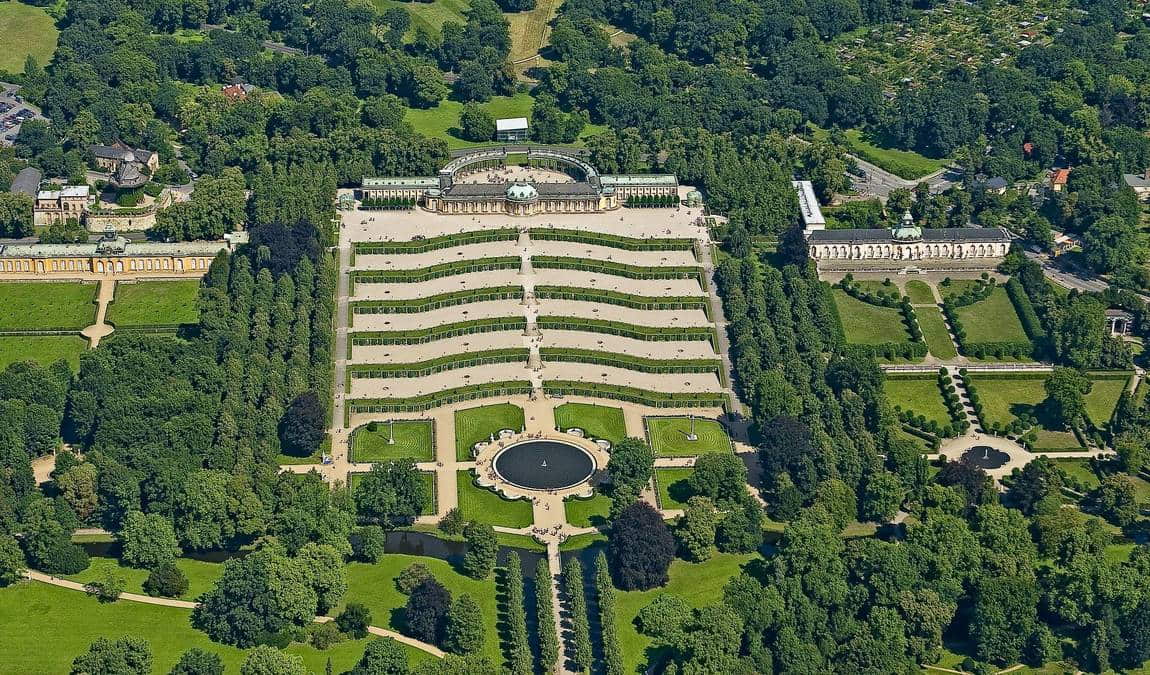 Photo: pixabay.com
Photo: pixabay.com
The best time to visit Sanssouci Palace with children is spring and summer (April to September) when the gardens bloom. Weekdays are less crowded, and mornings offer cooler temperatures for exploring. Avoid midday visits in peak summer to escape the heat.
Recommended Duration: A visit to Sanssouci Palace and its gardens typically takes 3-4 hours.
Our Resume
Sanssouci Palace offers families a unique mix of history, art, and natural beauty. Its intimate scale, stunning gardens, and rich cultural heritage provide an engaging experience for visitors of all ages. From exploring opulent rooms to discovering hidden treasures in the park, Sanssouci captivates imaginations and brings 18th-century royal life vividly to the present.


